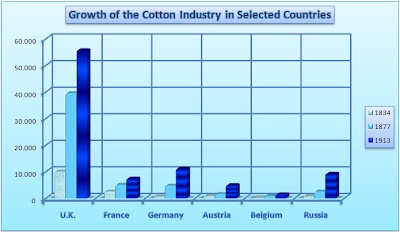
The Vietnam War (also known as Second Indochina War or American War in Southest Asia) lasted from 1959 to 1975. It was fought between North Vietnam and South Vietnam . North Vietnam was supported by the USSR, China and North Korea, while South Vietnam was supported by the United States with its allies South Korea, Thailand, Australia, New Zeland and the Philippines. This conflict between communists and pro-American countries was part of the Cold War.
Background and causes
Before World War II, Vietnam was part of the French colony of Indochina. During World War II, the Japanese occupied Indochina. When the French attempted to take back control after the Japanese surrendered, they were opposed by a Vietnamese army called the Vietminh. The Vietminh had been founded in 1941 by the communist party and was led by Hồ Chí Minh. In July 1954, France and the Vietminh signed the Geneva Peace Accord. The Vietminh became the government of North Vietnam while anti-communist Vietnamese, especially Catholics, "regrouped" in the South under the leadership of Bao Dai, a former emperor of Vietnam who had abdicated in 1945.
The United States backed the anti-communist government in South Vietnam. It began to send military advisers to help train and support the South Vietnamese army. The South was fighting the Viet Cong, which began a campaign of assassination in 1957. In 1959, North Vietnam dramatically increased its military assistance to the Vietcong, which then began attacking South Vietnamese military units.



